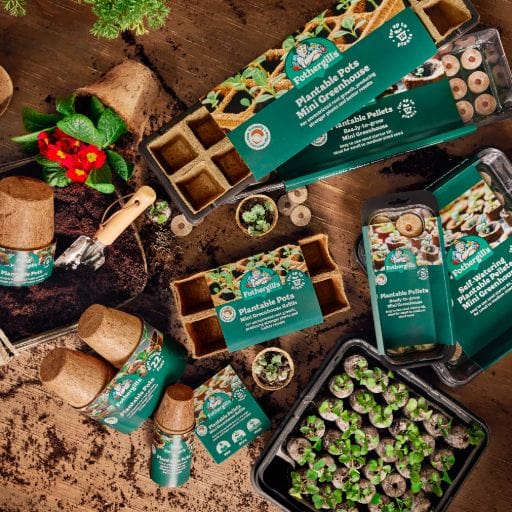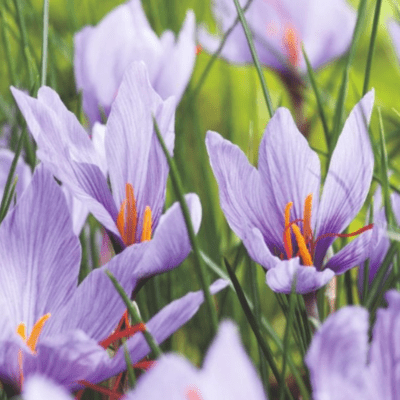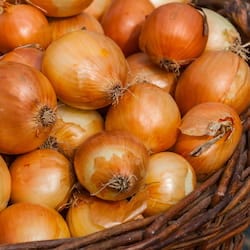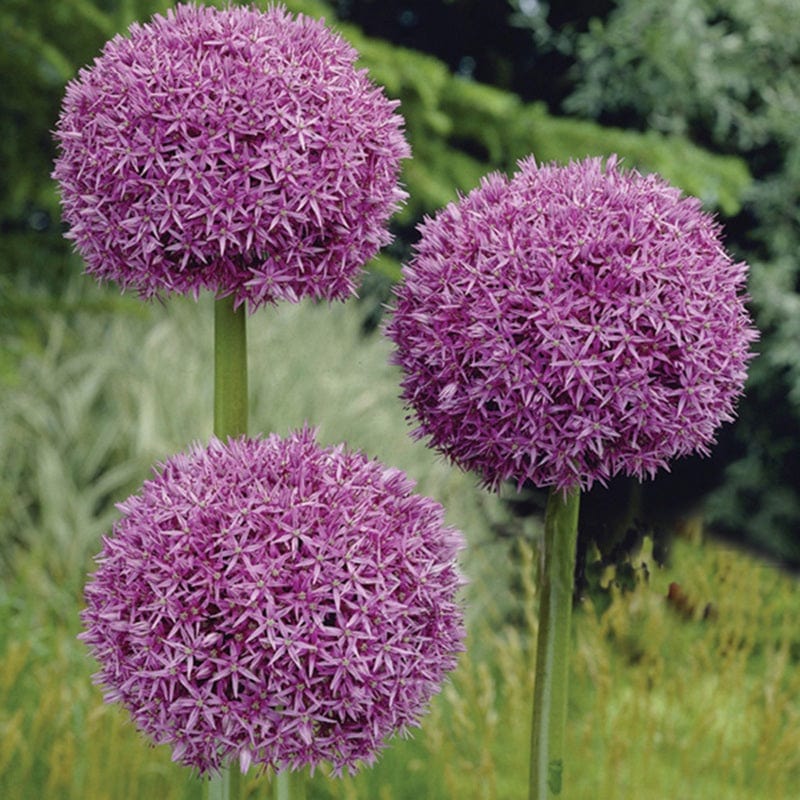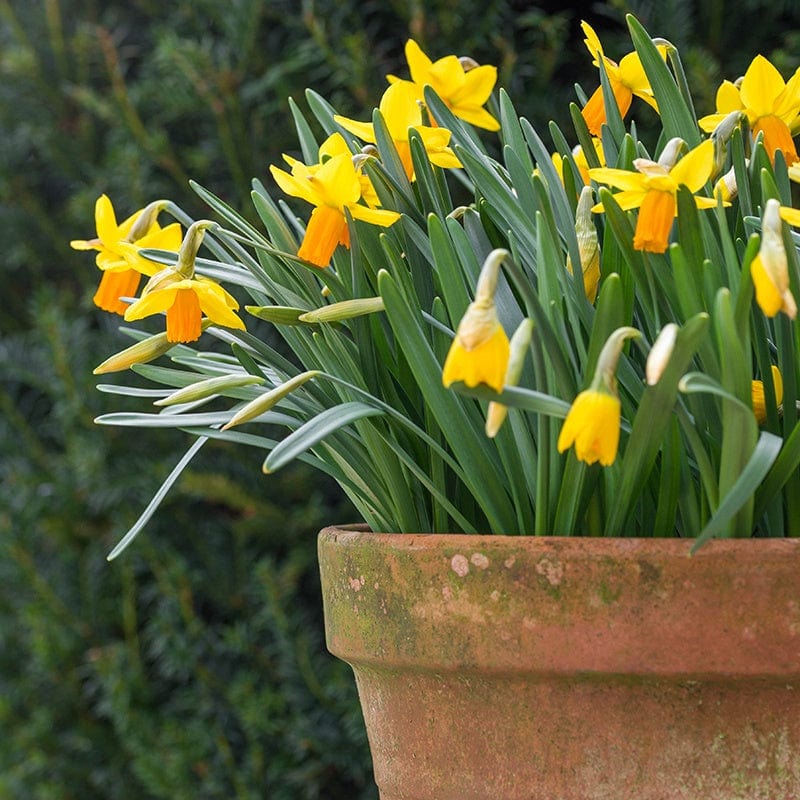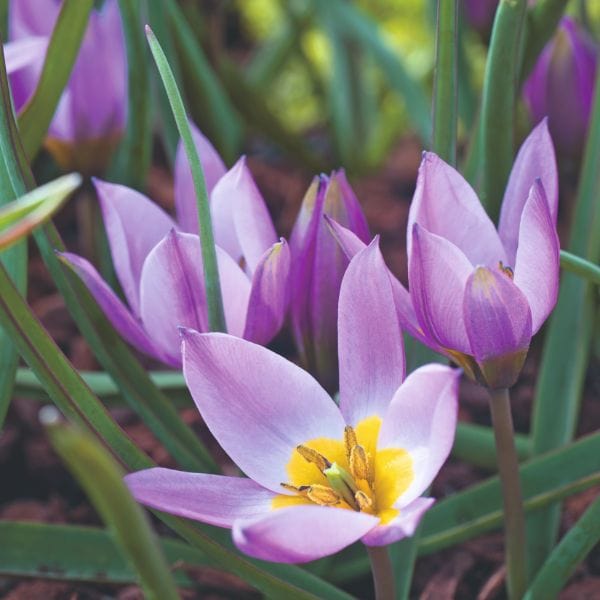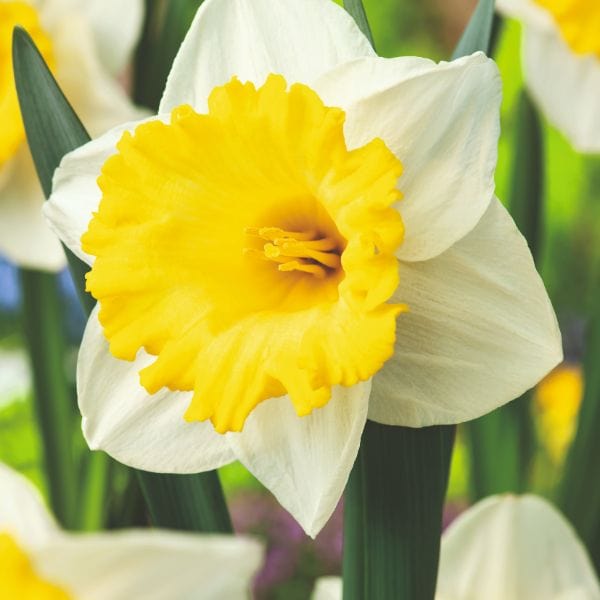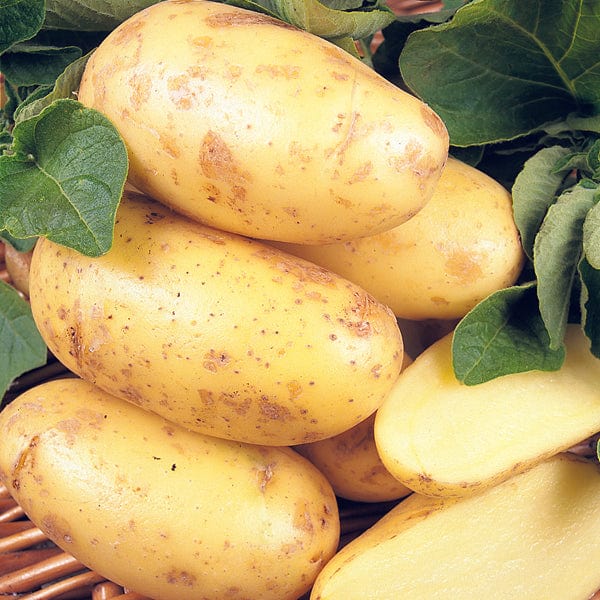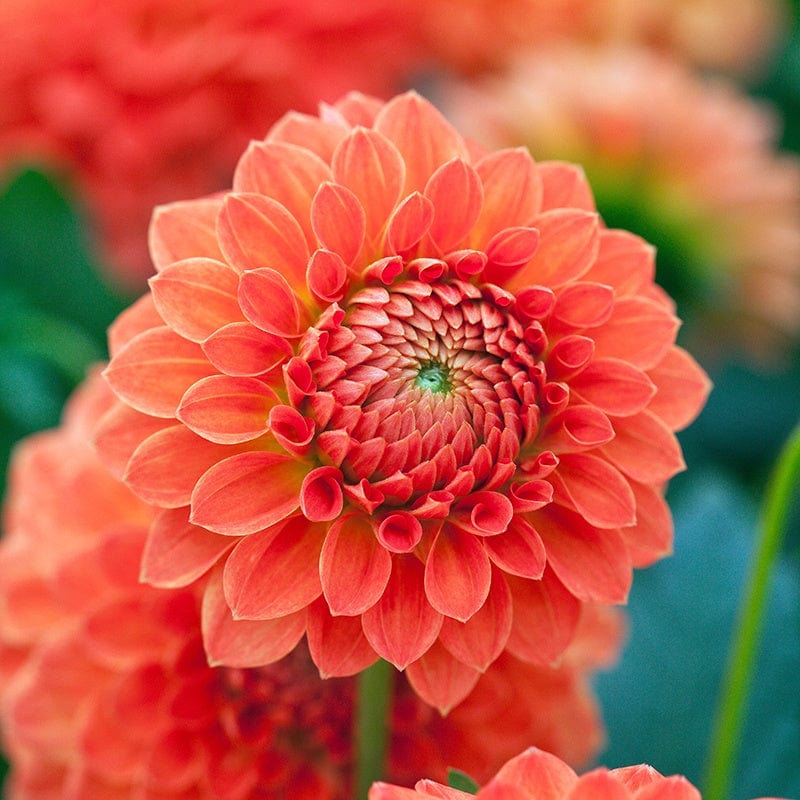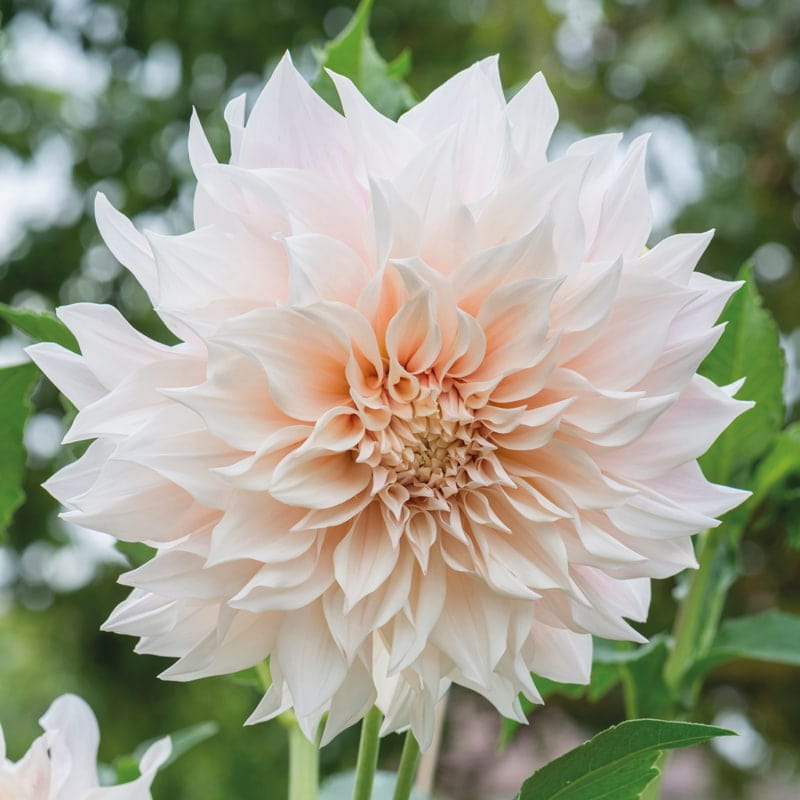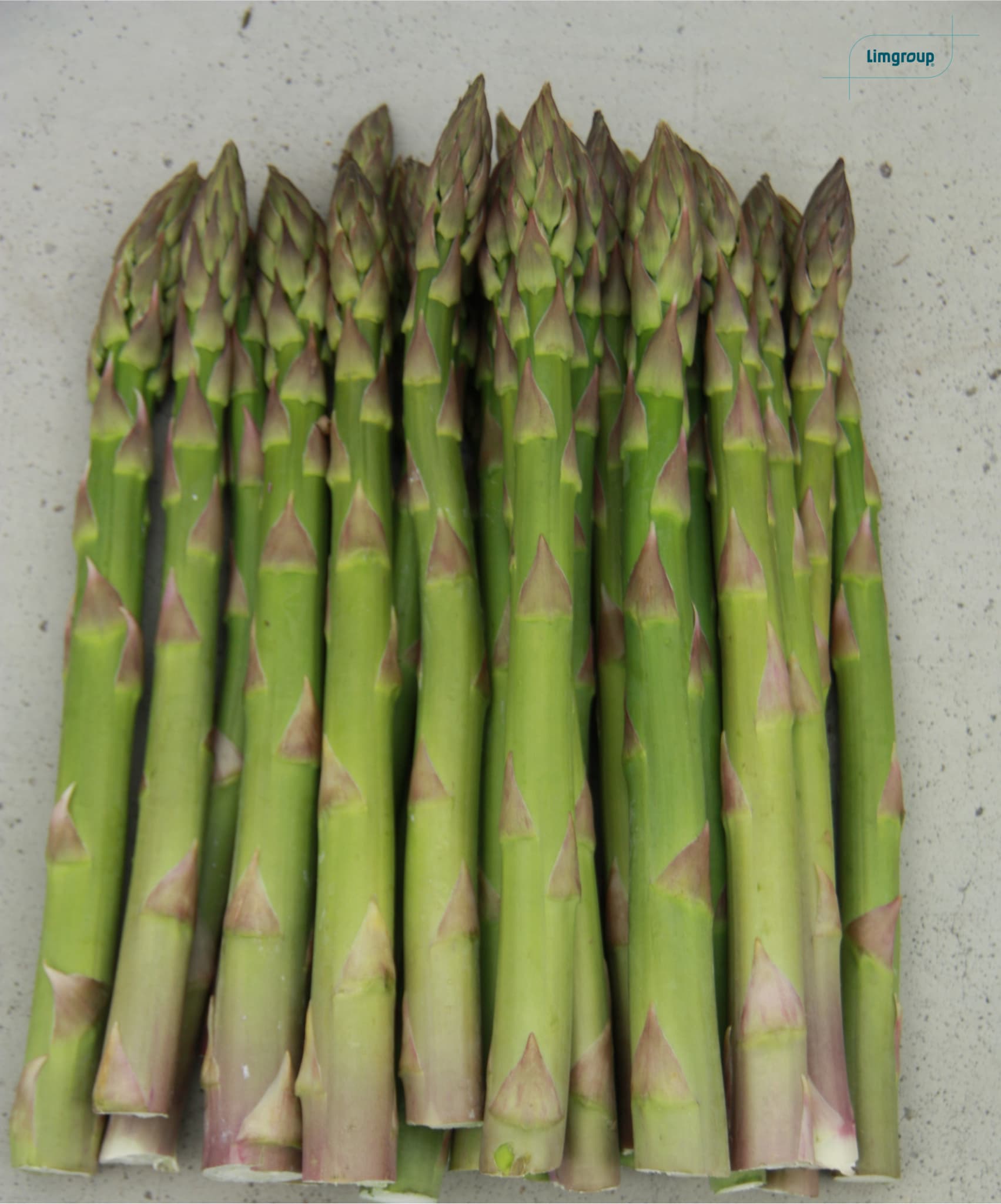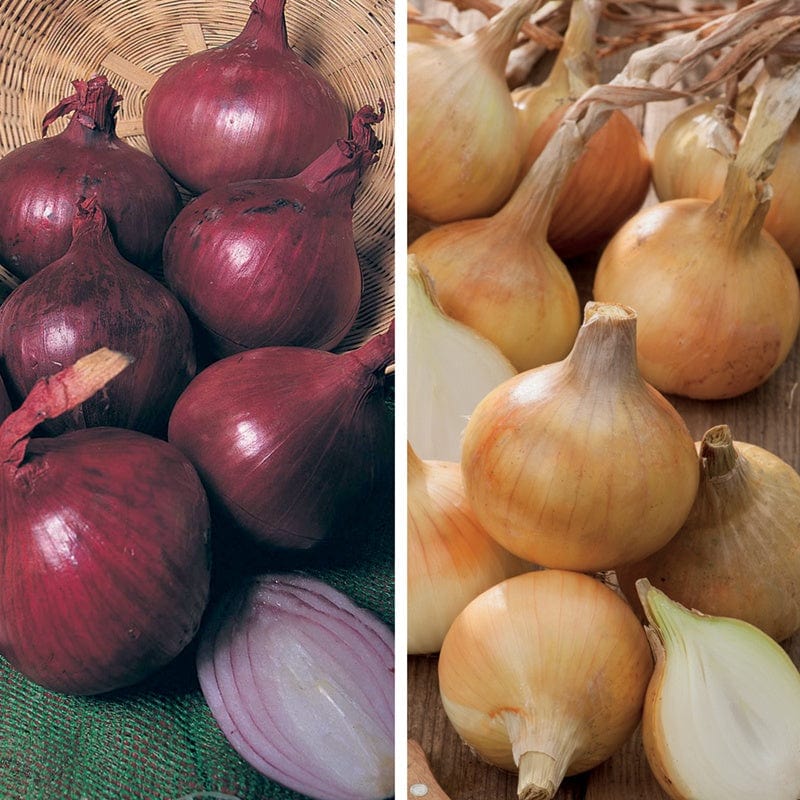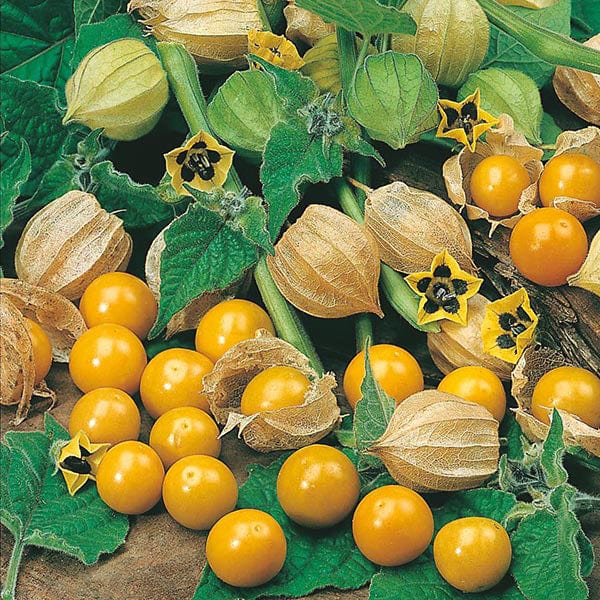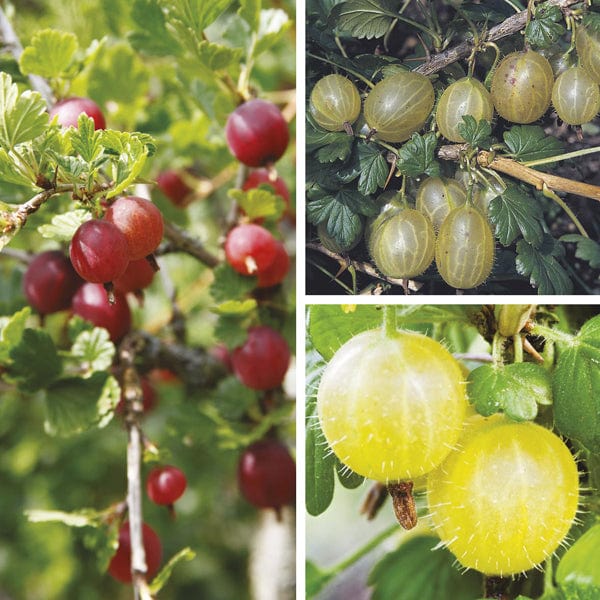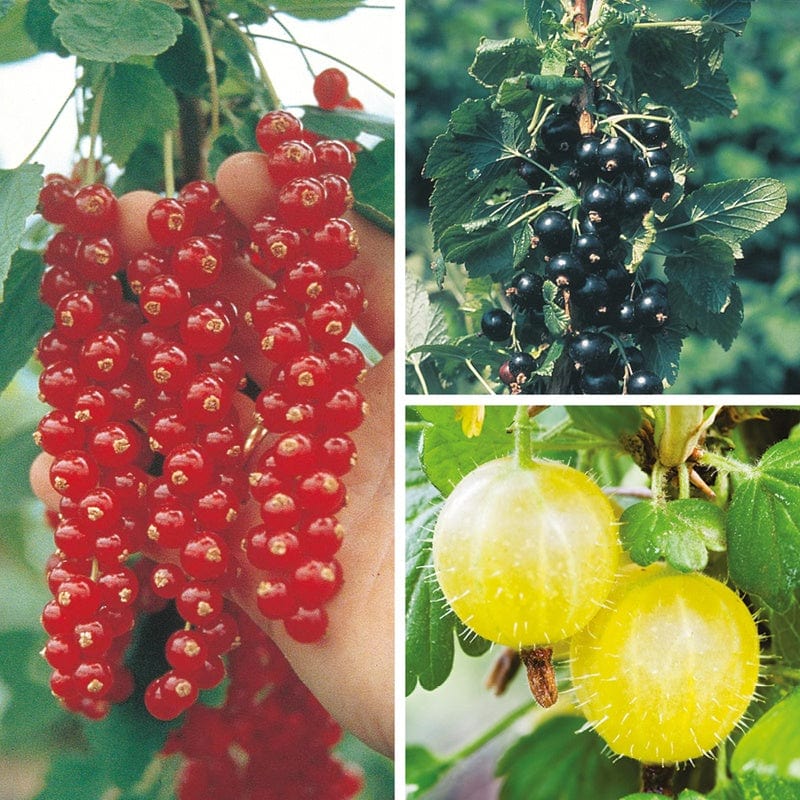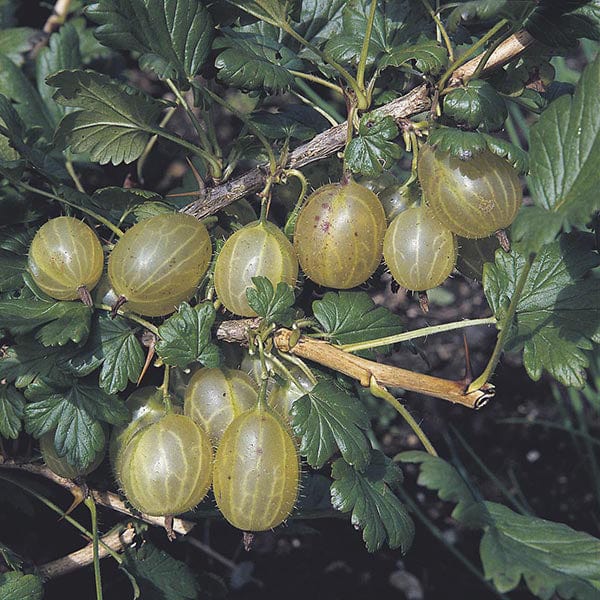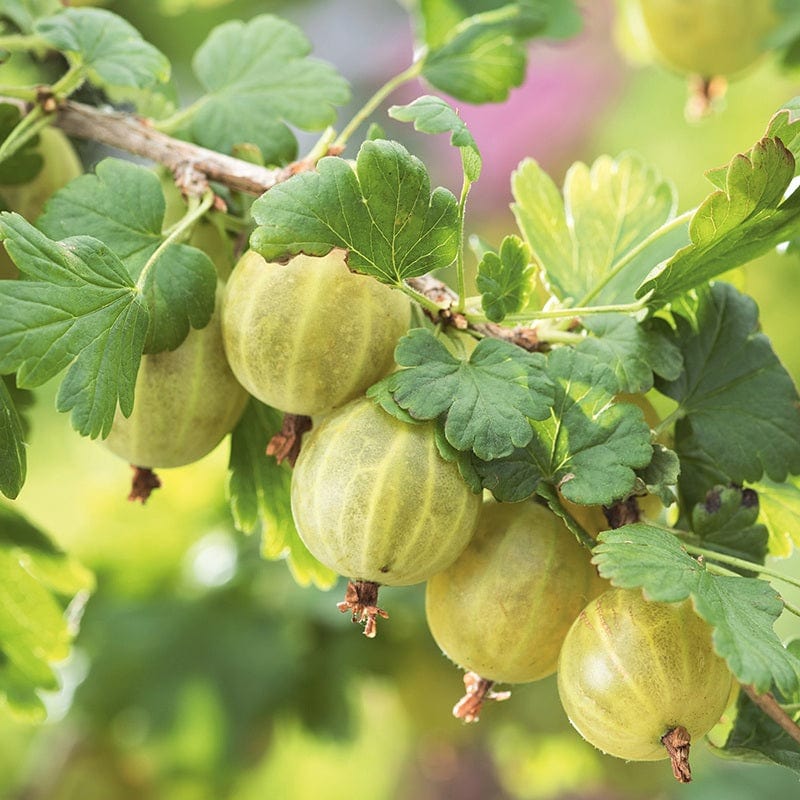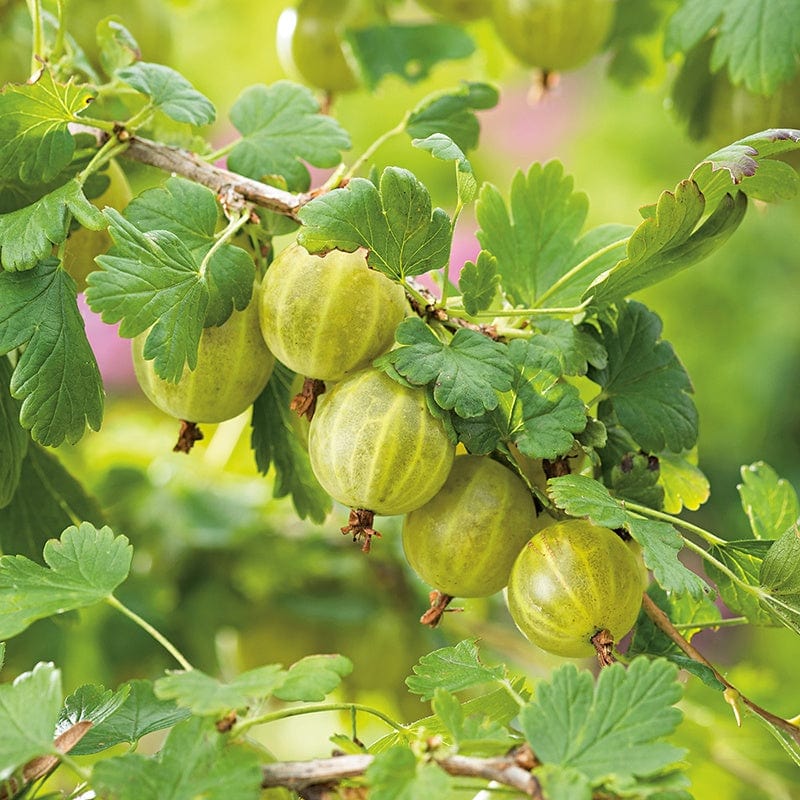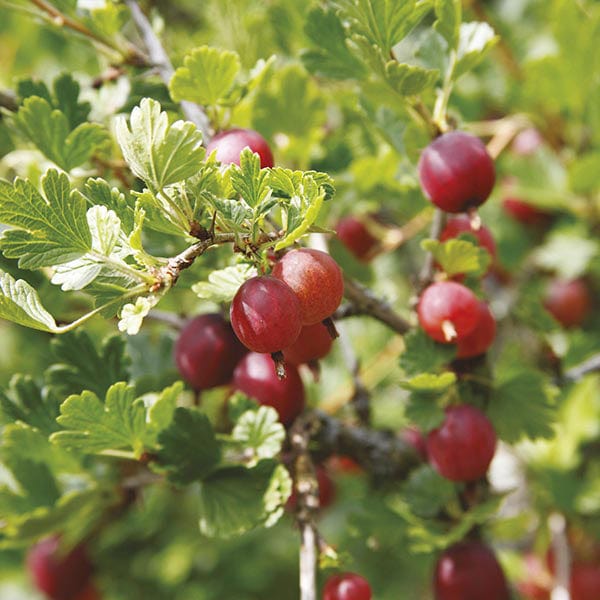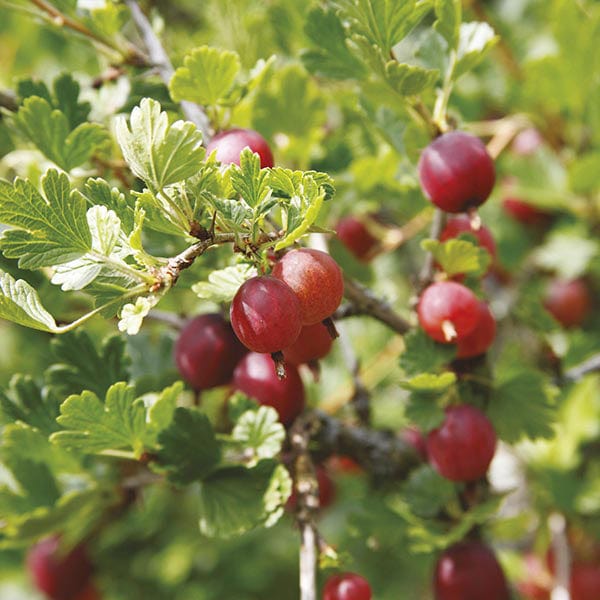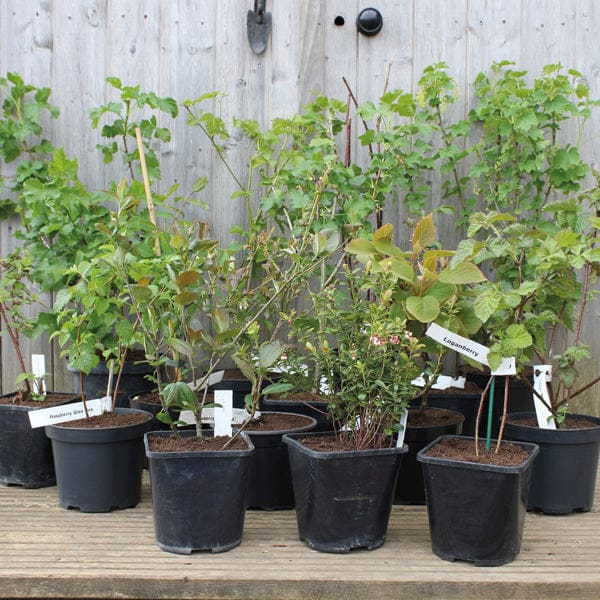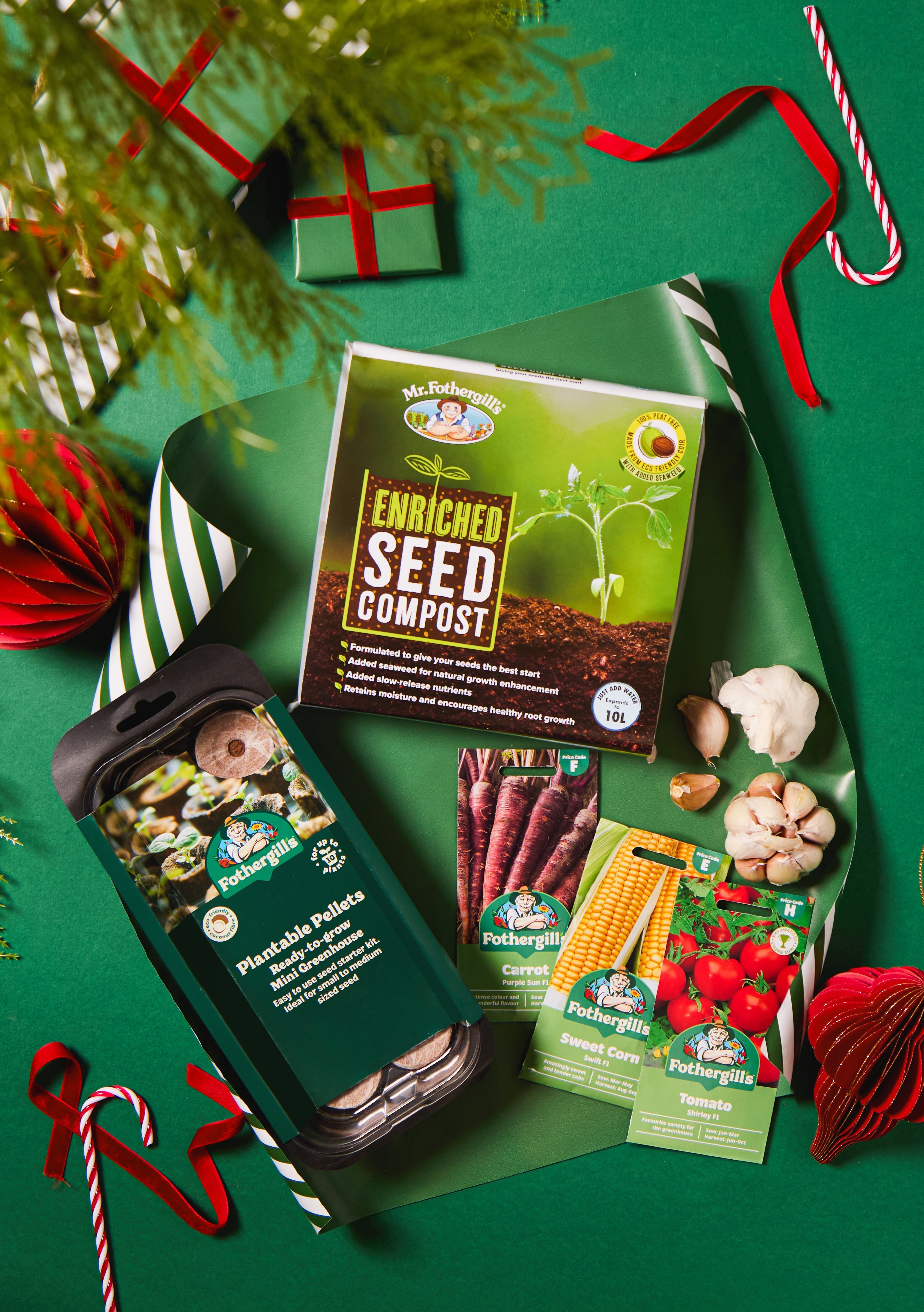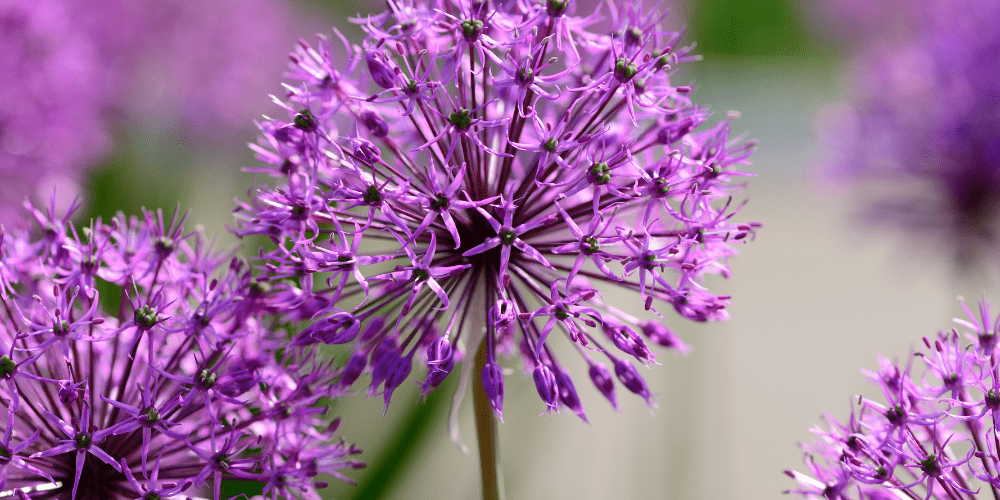Gooseberries are some of the most underrated and overlooked fruits - and you’d think with a name like that, they’d know a thing or two about standing out. They’re a rare sight on a supermarket shelf and barely ever make appearances in modern recipe books.
You might be more familiar with their cousins, currants, who frequent jams, jellies, tarts, pies, and more fresh and fruity delights. With red currants, blackcurrants, and many more falling under the ‘currant’ branch, there are plenty of flavours to be explored in this tangy family.
Once established, your currant or gooseberry plant can produce a glut of fruit every year for over a decade. And whilst they’re not all sweet enough to snack on, you can get creative in the kitchen with jams, fools, jellies, pastries, smoothies, and desserts.
Let’s dive into the best practices you can take up when it comes to how to grow gooseberries and currants plus how to care for these plants once they’re grown to make sure that your produce is as juicy, delicious, and fresh as can be.
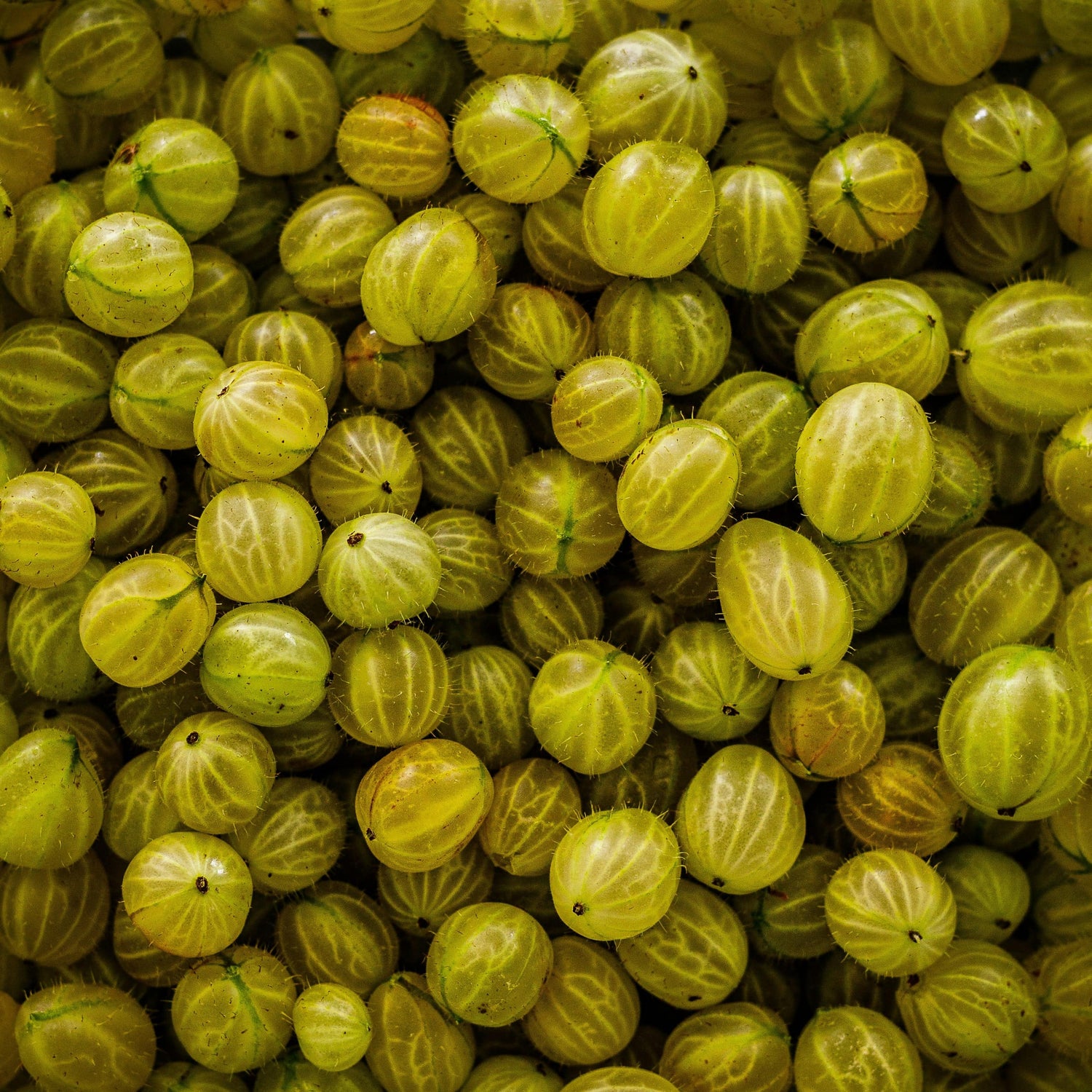
 How to Grow Gooseberries & Currants
How to Grow Gooseberries & Currants
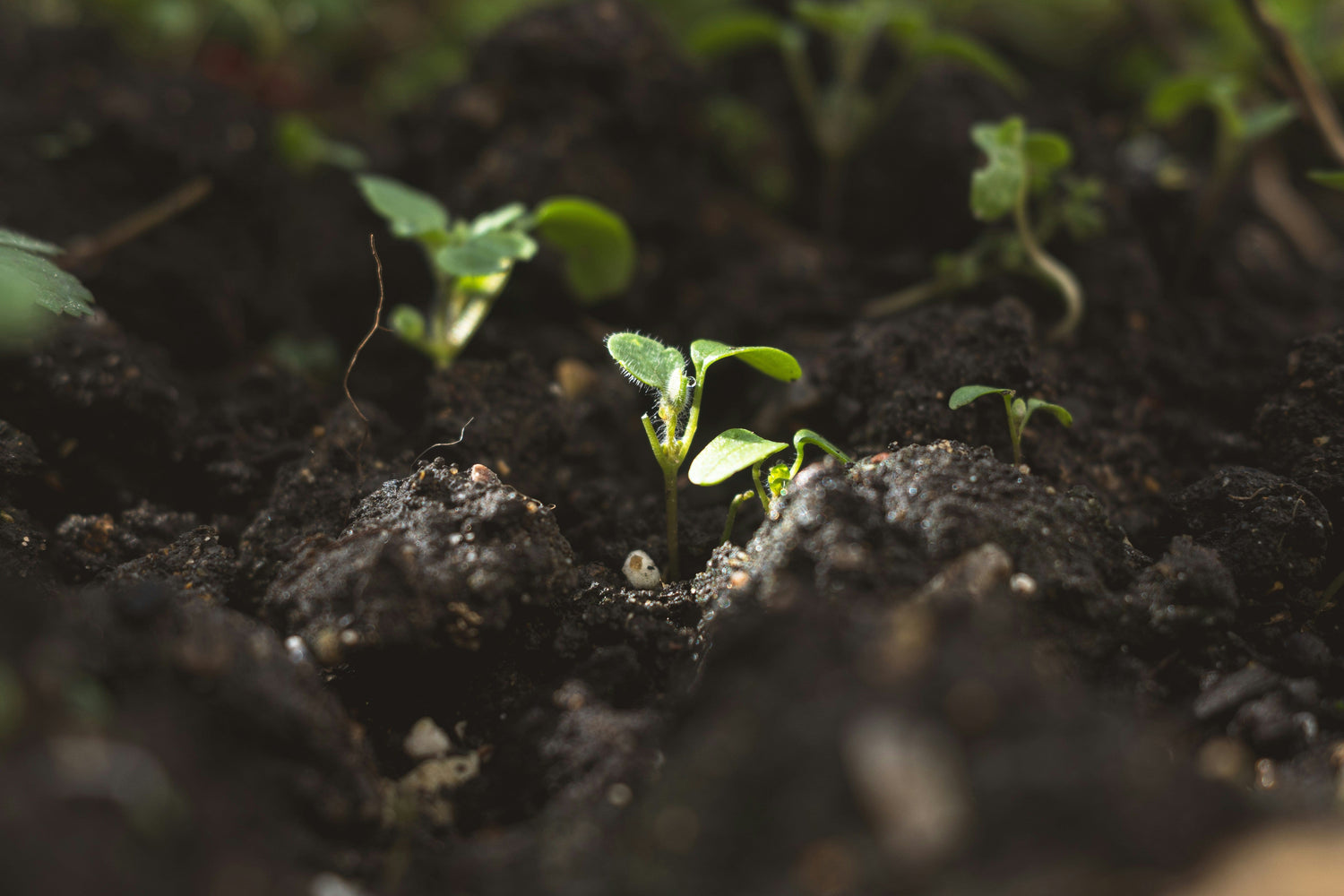
 Soil Preparation
Soil Preparation
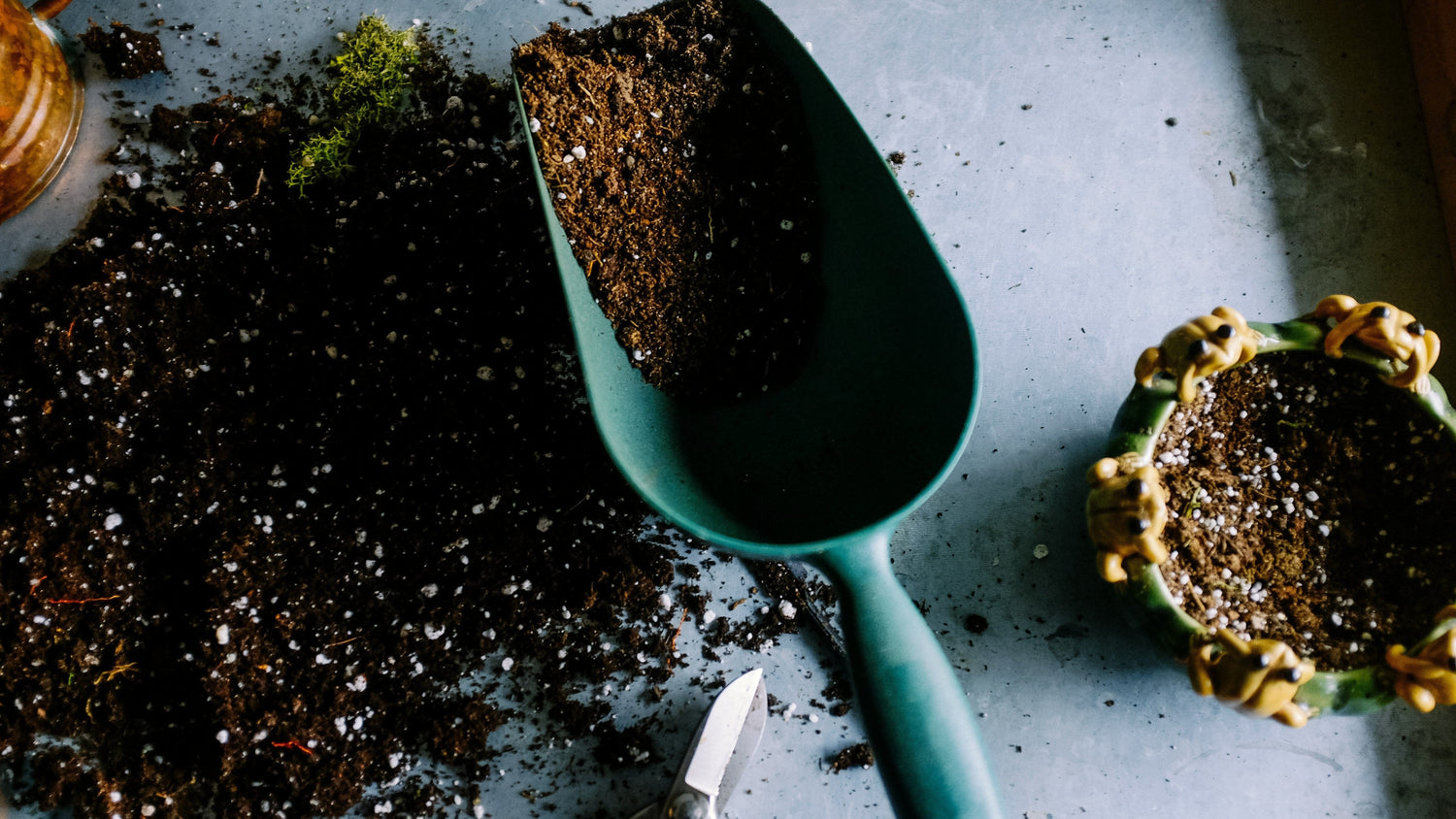
 Planting Gooseberries and Currants
Planting Gooseberries and Currants
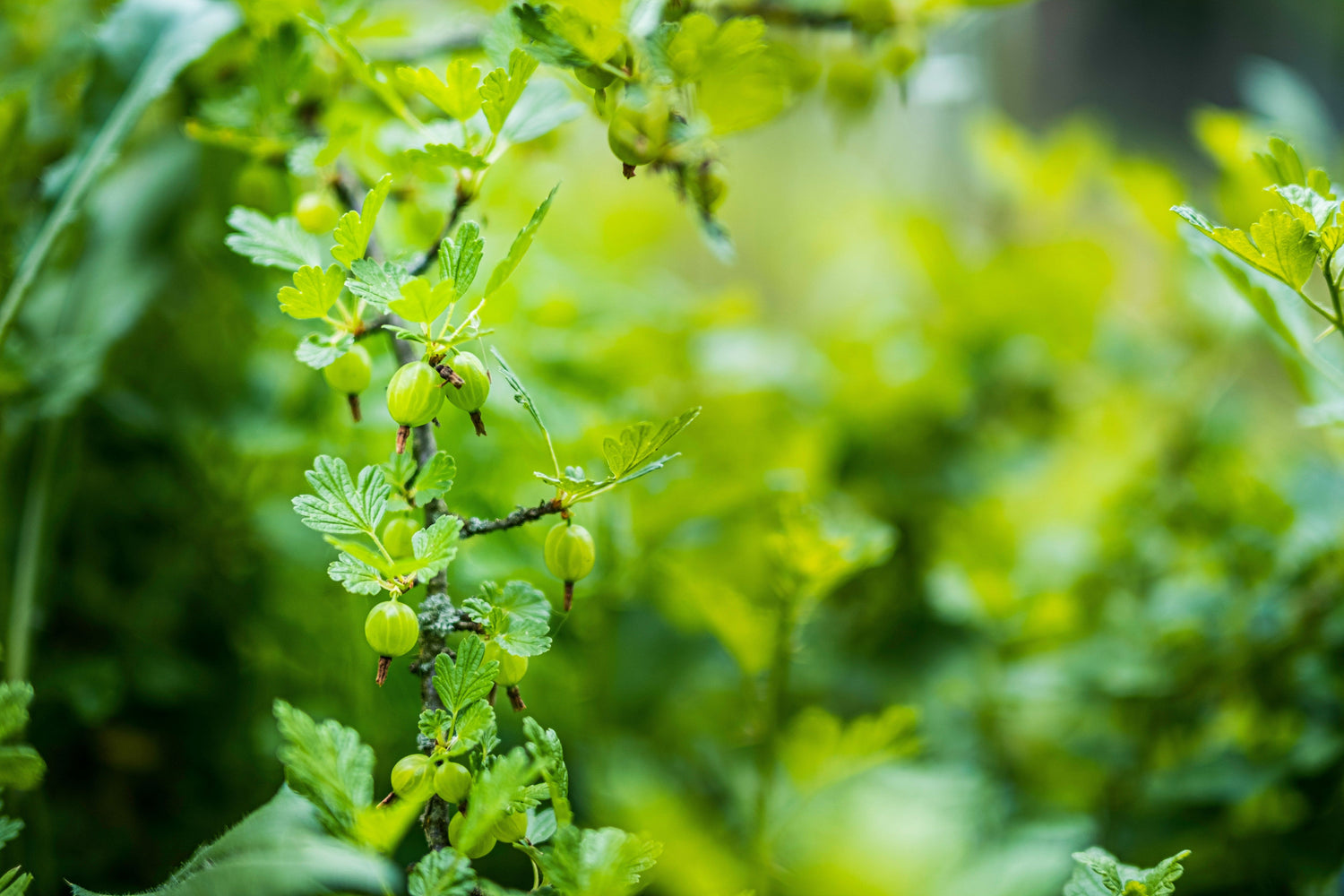
 Plant Care
Plant Care
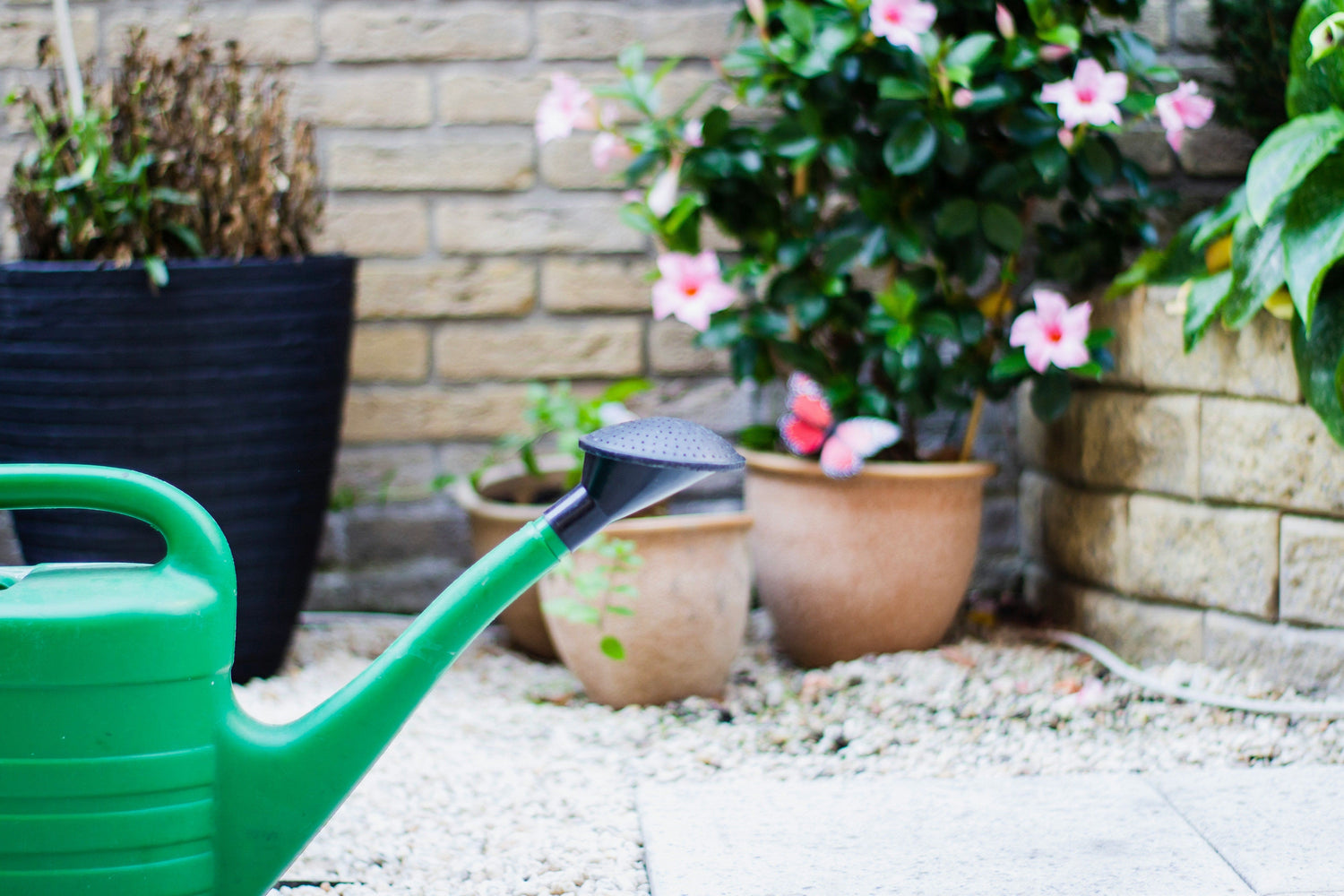
 Harvesting
Harvesting

 How to Grow
How to Grow
 Soil Preparation
Soil Preparation
 Planting
Planting
 Plant Care
Plant Care
 Harvesting
Harvesting












